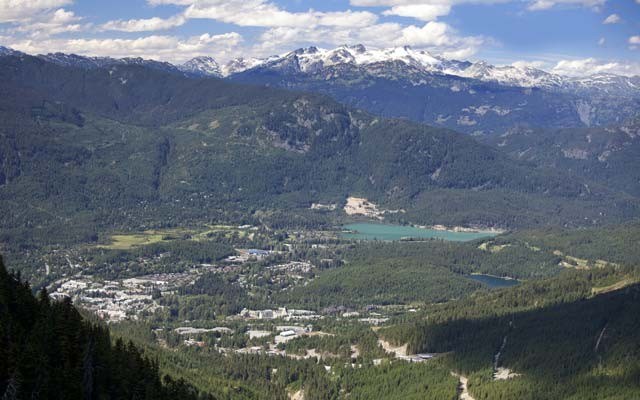By the time you read this, you may be one of 3,425 registered participants in the Sea to Sky corridor for the Great B.C. Shakeout set for Thursday, Oct. 20 at 10:20 a.m.
The annual Shakeout has millions of people who participate worldwide to refresh their preparedness in the event of an earthquake.
The leadup to this year's Shakeout was on Saturday, Oct. 15, when about 10 Sea to Sky organizations participated in an evacuation exercise. The epicentre of this first cross-jurisdictional evacuation exercise was in Squamish, where more than 75 emergency personnel from the district, Squamish Nation, Squamish-Lillooet Regional District and the Resort Municipality of Whistler (RMOW) participated.
The exercise also involved about 600 residents in the Brackendale neighbourhood and the Cheakamus Reserve, and assisted in the test of a new community-wide emergency alert system Squamish Alert and Squamish Nation Alert — an emergency network that co-ordinates emergency processes across organizations, and sends emails, texts and voice alerts to residents who sign up. The alert can notify users whether to stay indoors in the event of toxic smoke, or evacuate during a flood risk, among others. To date, 12 per cent of all Squamish residents have signed up for the program. Sign up at www.squamish.ca.
Schools across the Sea to Sky corridor have emergency preparedness tools and protocols in place. At the district level, school-board policy outlines that each school has an established emergency committee and a minimum of three earthquake drills must be held each school year.
Locally, both Whistler Blackcomb (WB) and the RMOW have preparedness plans in place. Kira Cailes, WB's Manager of Mountain Safety, said staff is up to date with emergency-procedure manuals — not just for earthquake preparedness. She said information is geared to help staff in various crises, and details appropriate drills on what do to before, during and after an earthquake, for example.
"We make sure we do our best to communicate to staff," Cailes said.
RMOW Mayor Nancy Wilhelm-Morden said the municipality is well-prepared.
"Of course you never know if you've got it covered until it happens, but the staff will have drills periodically. There are specific risks identified and planned for — for flood, for example — and the more general emergency management plan for earthquakes," she said.
Wilhelm-Morden said it's the details that must be considered. "How will people really react should an emergency occur?"
The third floor of the public service building in Whistler is command central in the event of a disaster. A designated person would head to the building right away to dispatch people to appropriate duties and to undertake an evacuation plan.
"You've got to think in human terms," said Wilhelm-Morden. "The first thing anyone is going to want to do is ensure that their own families are safe. So how do you provide for that yet get the plan implemented?
"And I guess the last thing is that, ultimately, everyone is responsible for their own preparedness and having a 72-hour supply of food and water."
Of interest, on the Great B.C. Shakeout website, of the registered participants in the SLRD, there are 18 individuals or families; 2,946 students and school staff and administrators, and 215 in local government, plus Vancouver Coastal Health. There are no hotels registered, no media organizations, animal shelters or community groups. If you slept in and missed it at 10:20 a.m., you can register for next year's drill at at www.shakeoutbc.ca.




